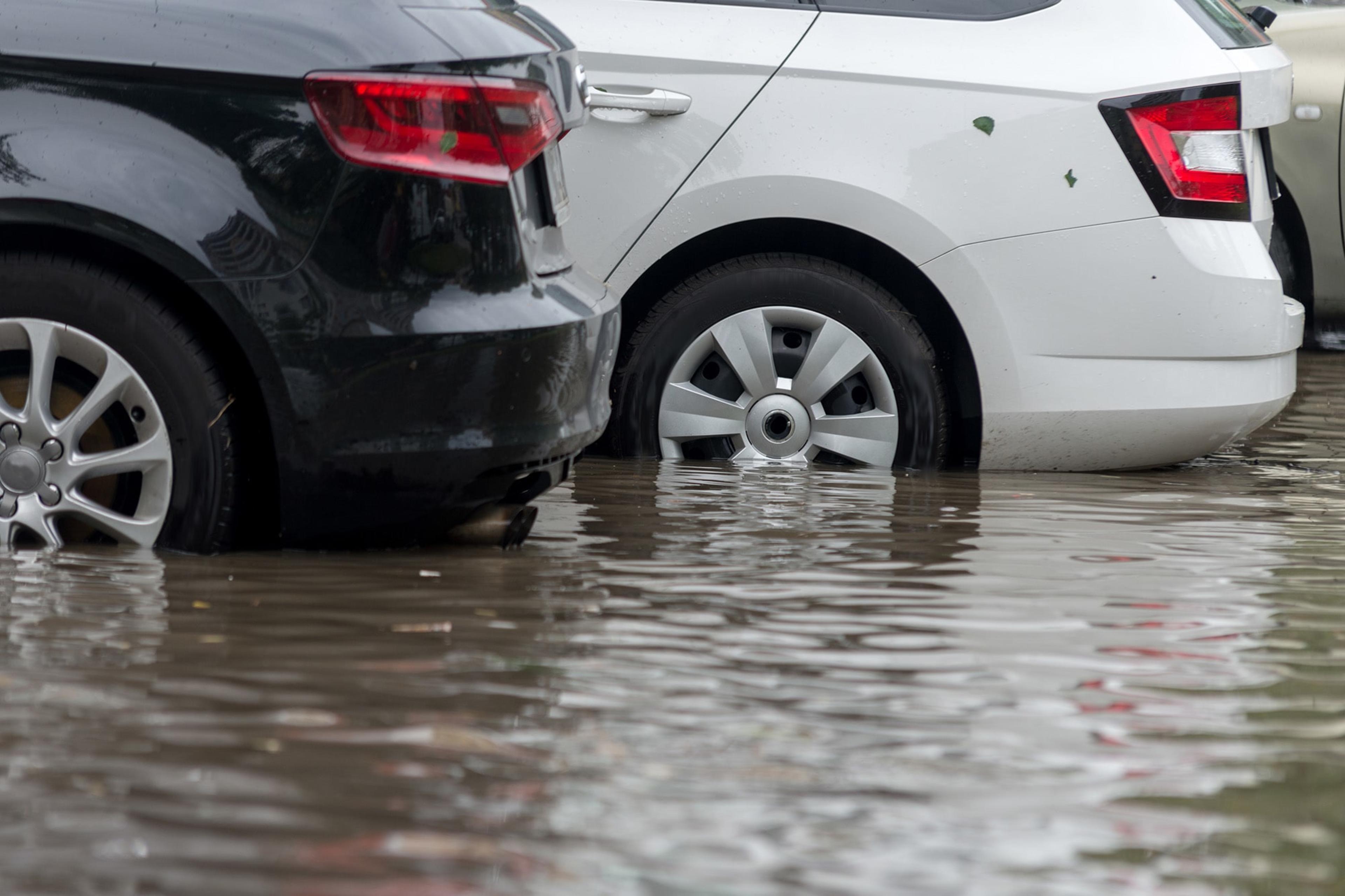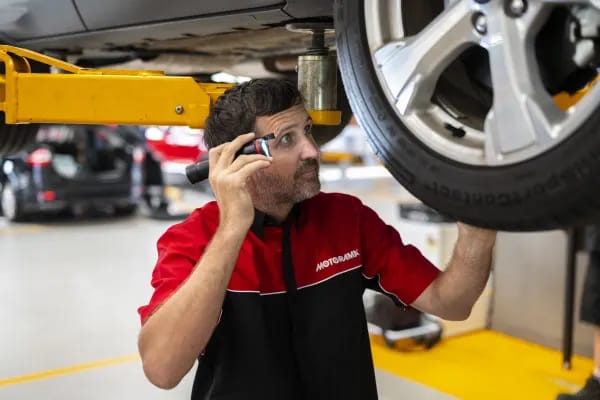
Should You Buy A Flood Damaged Car?
Posted in Buyer Advice
Should You Buy A Flood Damaged Car?
Buying a flood damaged car could be a financial disaster waiting to happen.
We spoke with our experienced Motorama technicians and valuers to put together a couple of pointers on what to look for.
Do Your Checks
Smell
The quickest way to find out whether or not your car has flood damage is to literally smell it. It's very difficult to completely rid a flood-damaged car of its mouldy aroma and mildewy scent.
Seatbelts
Another quick tip is to pull the seatbelts all the way out to see if there is any form of discolouration from water stains along the actual straps. Run your hands along the carpet and pat it in different spots to try to locate moisture.
Under the Bonnet
Have a look under the bonnet of the car (if you are mechanically inclined) and gently bend the electrical wires to see if they're brittle. If they are, you've likely detected water damage. When you turn the car on, listen for different sounds, and use your eyes and nose to see if smoke appears around at all.
Electrics
If exposed to water ingress for extended periods of time, a cars electrical system can get compromised and create some future issues. You'll want to take the car for a drive extensively to ensure all electrical components are operational.
Oil
Check your engine oil. Changes in the colour and thickness may indicate that it has been contaminated with water which can be a big issue for your engine.
Paint
Look closely at your exterior paint. If you see bubbles, you may need to be wary as there could be rust underneath. Corrosion is a common issue in a flood-damaged car, but might take some time to become apparent.
What to Consider
Buying a flood-damaged car comes with a fair amount of risk.
However, a wet past doesn't necessarily make a used car a bad buy either. How do you decide whether to gamble on a car with a watery history? There are a couple important factors to consider.

How deeply was the car submerged?
If the water level wasn't deep enough to cause havoc with the electronics, the car may end up with some rust and corrosion, and isn't necessarily doomed for major ongoing issues.
If the submersion was deep, then even if you don't notice electrical problems now, they could arise down the track.

How long was the car under the water?
The longer the vehicle remained submerged, the greater the likelihood of lasting damage.
Remember that it can take up to six months before you can see signs of rust or corrosion in a water-damaged car and especially those that were uninsured or underinsured will be cleaned up hit the market. They form a danger to buy as they have the potential to have huge defects in the electrical system that pose a real threat not only to your pockets but also to your safety.
Get an Inspection Report
Remember, that obtaining an independent inspection report on the car prior to purchasing it may also be able to reveal whether or not it was flood damaged, and the severity of that damage.
If this isn't possible, using the tips above will give you a better understanding of the vehicle and it's condition.
Obviously there is more risk involved in buying a car privately, so this is just another check you'll need to make.
A bonus of buying from Motorama Pre-Owned is that we flood check all our vehicles and back the quality with a Lifetime Engine Guarantee for the ultimate peace of mind.









